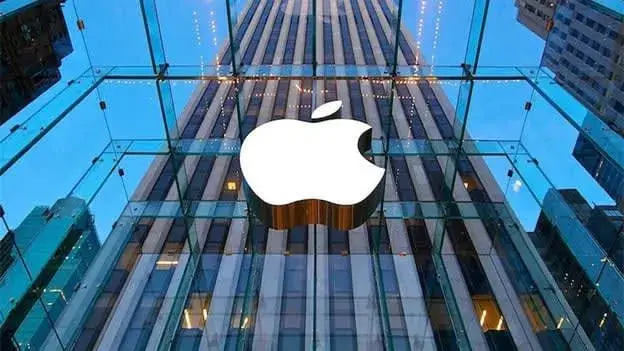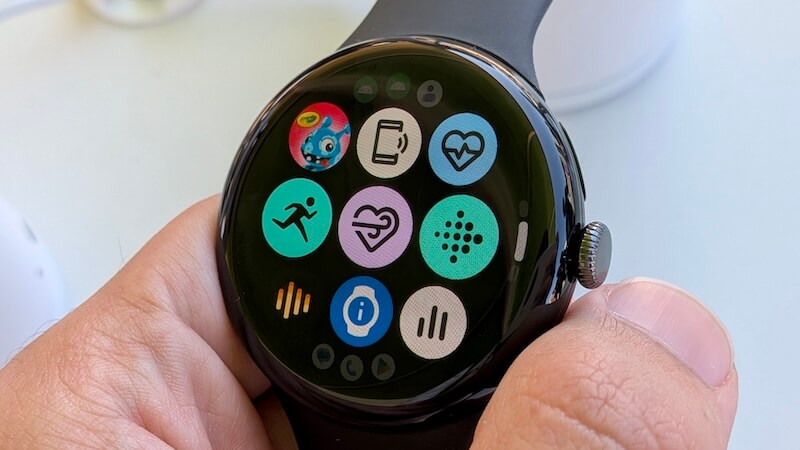Apple is developing enhanced satellite connectivity features for the iPhone, moving beyond the current emergency capabilities to offer a more comprehensive suite of services for users in areas with limited or no cellular and Wi-Fi coverage. These new features aim to make satellite connectivity a mainstream function, not just a backup for emergencies.
One of the most significant additions is the expansion of Apple Maps to function via satellite. This will allow users to navigate and search for locations even without a traditional internet connection. This positions Apple to compete with existing offline mapping solutions, providing a crucial tool for travelers, outdoor enthusiasts, and anyone in areas with unreliable service.
In addition to offline maps, Apple is working on enabling photo sharing through the Messages app via satellite. Currently, satellite messaging is limited to basic text. The ability to send and receive photos would be a significant upgrade, especially in emergency situations or when communicating from remote locations.
Apple is also striving to improve the user experience with "natural usage" satellite connectivity. Current satellite features often require users to point their iPhone directly at the sky to establish a connection. The improved system aims to allow connectivity even when the iPhone is in a pocket, inside a car, or indoors.
Furthermore, Apple is planning to support 5G Non-Terrestrial Networks (NTN) in future iPhones. This technology would integrate 5G with satellite connectivity, allowing cell towers to use satellites to expand coverage. This could improve connectivity in areas with weak or spotty cellular signals.
To further expand the potential of satellite connectivity, Apple is reportedly developing a satellite API for third-party app developers. This would allow developers to integrate satellite features into their own apps, opening doors for innovative uses in communication, navigation, and other areas.
These advancements rely on upgrades to the infrastructure of Globalstar, Apple's current satellite service provider. Apple is helping to finance these improvements. There has also been speculation about a potential acquisition of Globalstar by SpaceX, which could accelerate the rollout of these enhancements.
While Apple has considered offering its own satellite service, concerns about acting as a carrier have stifled that possibility. For now, Apple intends to offer core satellite features for free to drive iPhone sales and retain users within its ecosystem. However, more advanced capabilities could eventually come with a fee, potentially through partnerships with carriers or providers like SpaceX. Currently, Apple has no plans to enable phone calls, video calls, or web browsing via satellite.
These developments signal a significant investment by Apple in satellite technology, with the goal of making it a standard feature of the iPhone. By expanding beyond emergency services and offering features like offline maps and photo sharing, Apple aims to provide users with greater connectivity and functionality in a wider range of situations.















